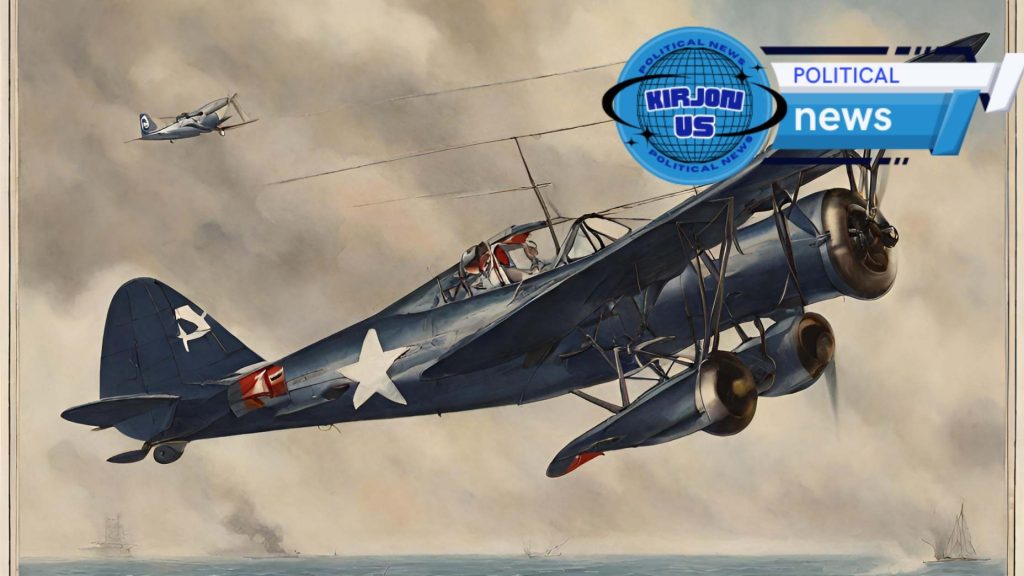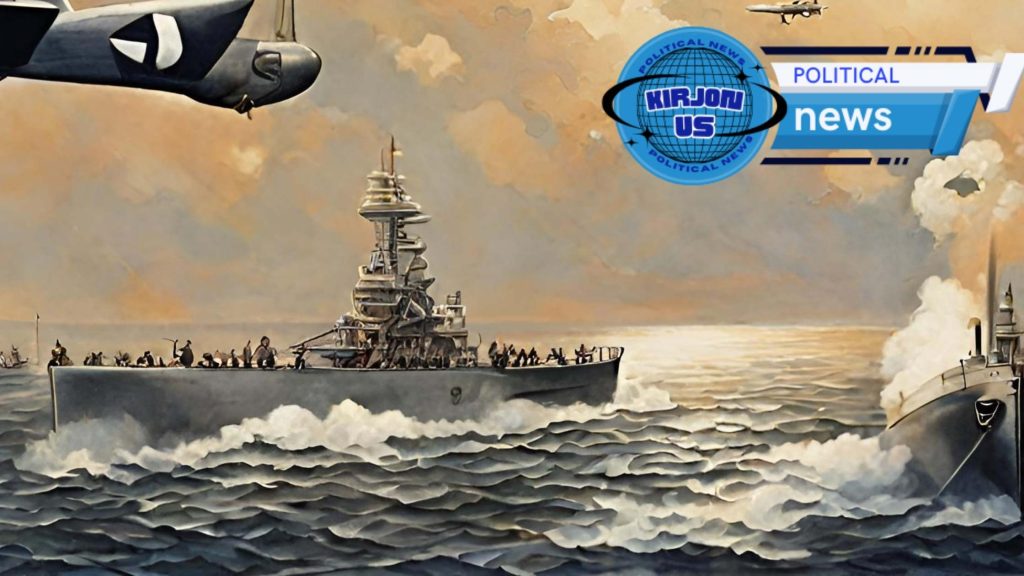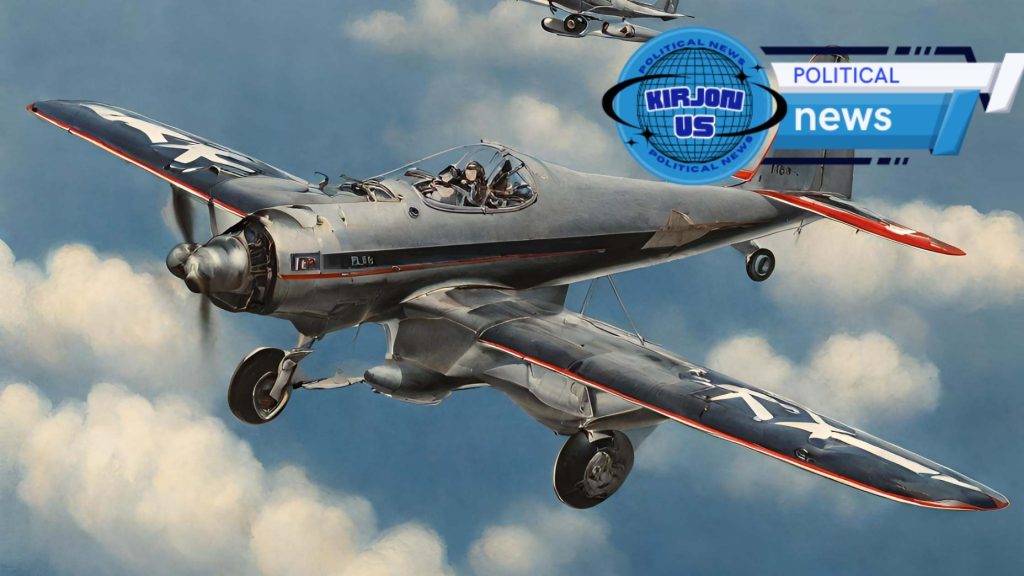In the realm of naval warfare, where ships and fleets stand poised for battle, there exists a decisive factor often overlooked amidst the uniformity of armaments and vessels—the human element. It’s a truism universally acknowledged that while parity in material resources may seem attainable, the intangible essence of human skill, courage, and ingenuity will invariably tip the scales of victory. So, what precisely is this enigmatic factor that looms large amidst the machinery of war?
The Human Equation: A Force Beyond Measure

Consider this scenario: two battleships, meticulously crafted to mirror each other in every mechanical aspect, yet destined for a clash that promises only one victor. The fallacy lies in the impossibility of replicating the human touch. Despite identical training, upbringing, and environment, the minds inhabiting each vessel harbor a realm of thoughts, ideas, and instincts unique unto themselves. This individuality, this “personal equation,” becomes the linchpin upon which the fate of battle pivots.
A Tale of Two Ships: Unveiling Individuality Amidst Uniformity
In the crucible of conflict, the distinctive character of each vessel emerges—a reflection of the spirit imbued by its crew. The Florida and her sister ship, the Utah, may share a lineage of construction, yet their destinies diverge at the helm of competence and skill. It’s a simple axiom: the superior captain, the adept crew, shall invariably triumph. This truth, echoing through the annals of naval history, underscores the supremacy of human prowess over mere mechanical might.
Moral Force: The Catalyst of Victory
Beyond the confines of national boundaries, lies the battlefield where moral force reigns supreme. In the annals of warfare, it’s not the caliber of cannons, but the mettle of men that shapes destiny. Captain Darrieus’ testament to the Russian fleet at Tsushima echoes this sentiment—their ships, bereft of a stalwart crew, stood as mere husks, devoid of potency. Moral force, the amalgamation of courage, zeal, and confidence, emerges as the harbinger of triumph amidst the tempest of war.
Preparing for Victory: The Crucible of Training and Preparation

War, they say, is won not on the battlefield, but in the meticulous preparations preceding it. Every naval officer, poised on the precipice of conflict, must hone their skills, nurture their spirit, and fortify their resolve. In the crucible of training, amidst the rigors of learning, lies the genesis of victory. It’s a symphony of dedication, discipline, and determination, echoing through the corridors of history.
Navigating the Seas of Strategy: A Mariner’s Odyssey
At the helm of naval strategy stands a colossus—the art of strategy itself. Defined by its capacity to orchestrate military movements, to seize objectives, and to command the theater of war, strategy emerges as the lodestar guiding naval endeavors. From the base of operations to the lines of communication, every facet of strategy bears the indelible imprint of human ingenuity.
Charting a Course: The Imperative of Concentration
In the crucible of conflict, amidst the tumult of war, one doctrine reigns supreme—the strategy of concentration. From the waters of Hampton Roads to the harbors of Guantanamo, fleets converge, coalesce, and prepare for battle. It’s a testament to the primacy of unity, the potency of collective resolve, in the annals of naval warfare.
Securing the Gateway: The Imperative of Coastal Defense

As we chart our course through the seas of strategy, one truth remains self-evident—the imperative of coastal defense. From the sanctity of our shores to the mastery of strategic chokepoints, lies the key to victory. It’s a testament to the indomitable spirit of the human will, the unyielding resolve of those charged with safeguarding our nation’s sovereignty.
Conclusion: The Triumph of the Human Spirit
In the annals of naval warfare, amidst the clash of steel and the roar of cannons, one truth remains immutable—the triumph of the human spirit. From the fog of battle to the expanse of the open sea, it’s the courage, the ingenuity, and the resolve of men that shall invariably shape destiny. In the crucible of conflict, amidst the tumult of war, it’s not the vessels that sail, but the souls that steer, that shall emerge victorious.
FAQs
1. What role does strategy play in naval warfare?
Strategy serves as the compass guiding naval endeavors, encompassing the orchestration of military movements, the selection of objectives, and the command of the theater of war. It’s the blueprint that charts the course to victory amidst the turbulent seas of conflict.
2. How does the human factor influence naval engagements?
The human element stands as the linchpin of victory, transcending the realm of mechanical might. From the competence of captains to the resolve of crews, it’s the courage, skill, and ingenuity of individuals that tip the scales of battle.
3. What is the significance of concentration in naval strategy?
Concentration embodies the unity of purpose, the cohesion of forces, in the crucible of conflict. From the gathering of fleets to the convergence of resources, it’s the strategy that amplifies the potency of collective resolve.
4. How does coastal defense factor into naval strategy?
Coastal defense stands as the bulwark of sovereignty, safeguarding our shores against the tides of aggression. It’s the strategic imperative that secures the gateway to victory, ensuring that our nation’s sovereignty remains inviolate.
5. What distinguishes effective naval leadership?
Effective naval leadership encompasses a symphony of attributes—vision, courage, and unwavering resolve. From the helm of command to the ranks of the crew, it’s the stalwart leadership that steers the ship through the tempests of war.
6. How does naval strategy adapt to evolving threats?
Naval strategy is a dynamic entity, perpetually evolving to meet the challenges of an ever-changing world. From technological advancements to geopolitical shifts, it’s the adaptability of strategy that ensures our readiness to confront any adversary.
7. What lessons can be gleaned from historical naval engagements?
History stands as a testament to the enduring principles of naval warfare—courage, resilience, and strategic acumen. From the battles of yore to the conflicts of today, it’s the timeless lessons of the past that illuminate the path to victory.
8. How do moral forces shape the outcome of naval conflicts?
Moral forces embody the intangible essence of courage, zeal, and confidence, infusing men with the resolve to face adversity head-on. In the crucible of conflict, it’s the indomitable spirit of moral force that often proves the decisive factor in shaping destiny.
9. What preparations are essential for naval readiness?
Naval readiness hinges upon meticulous preparations—training, discipline, and fortification of resources. From the rigors of drill to the refinement of strategy, it’s the unwavering commitment to preparedness that ensures our ability to confront any challenge.
10. How does naval strategy intersect with broader geopolitical considerations?
Naval strategy is inexorably intertwined with geopolitical realities, shaping and shaped by the currents of global affairs. From the projection of power to the safeguarding of national interests, it’s the strategic calculus that navigates the complexities of international relations.







